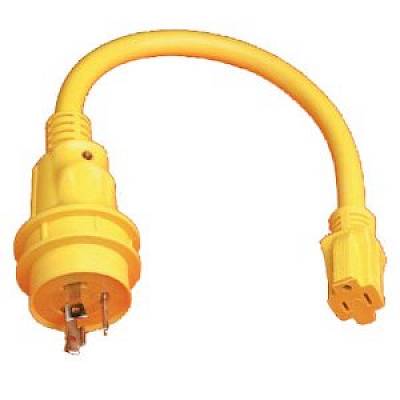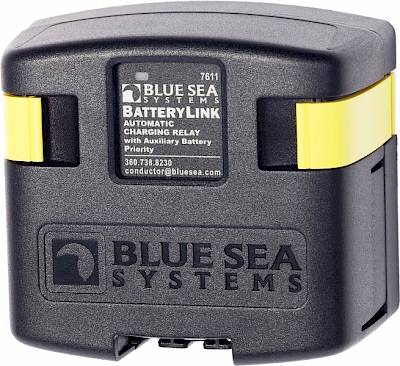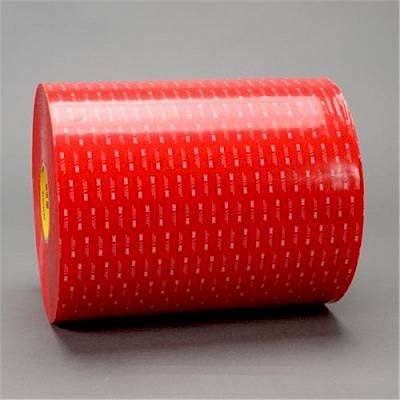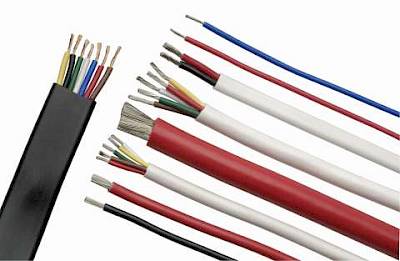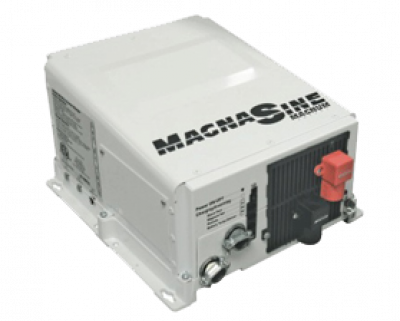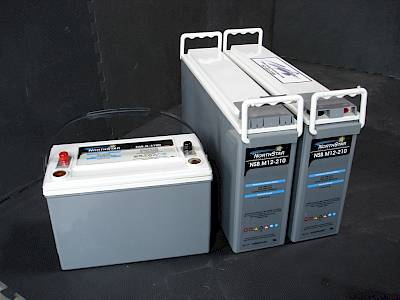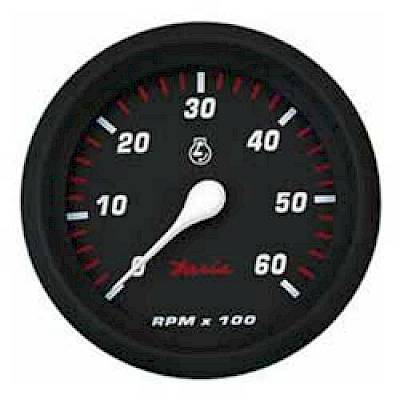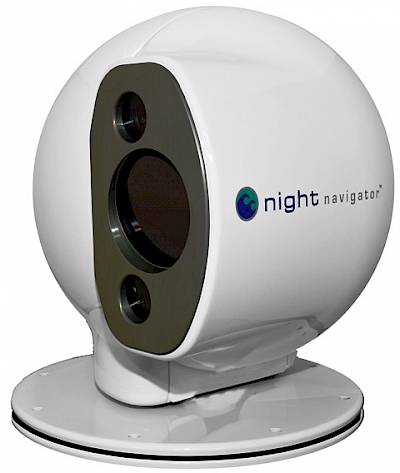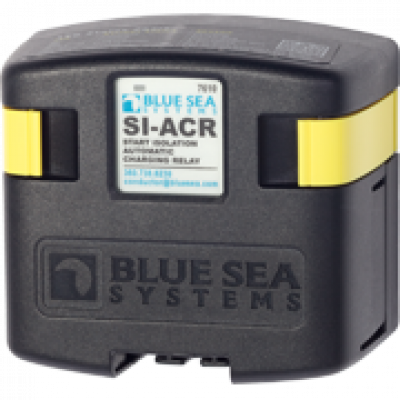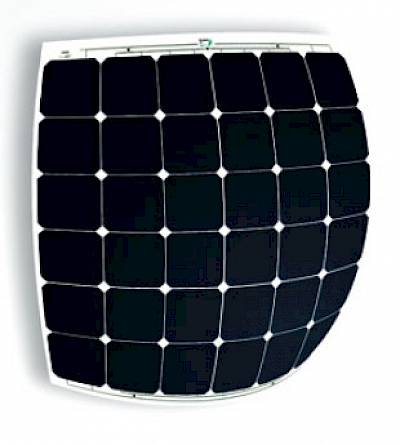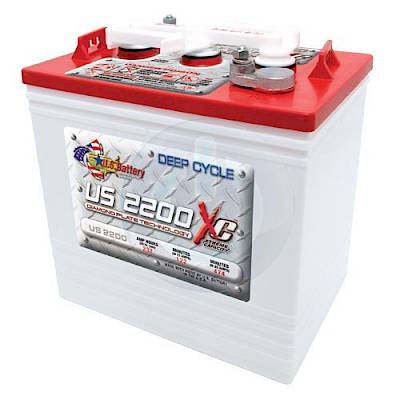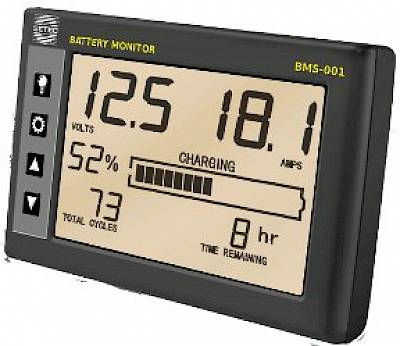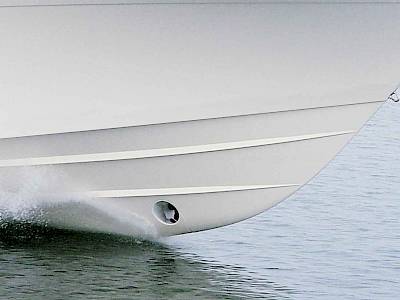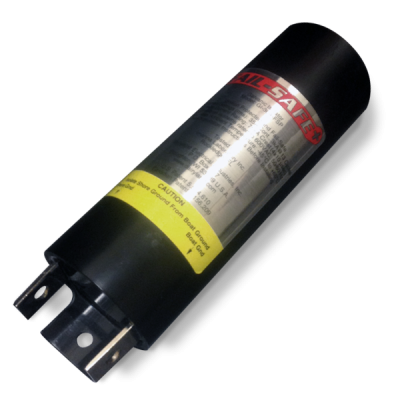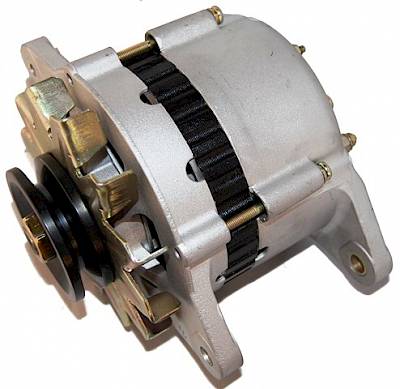
Eco Boating with Electric Propulsion
Over the past few years we have seen a group of boaters emerge who enjoy sailing and don’t want any fossil fuels on board. They sail everywhere and only use electric propulsion to get in and out of the marina or an anchorage. Imagine that? Never buy gas or diesel again.
Combining electric with Carbon Foam Batteries. Just recently we received a call from Brian Neill, he was looking for some Firefly batteries. He had purchased a 1984 Herreshoff-designed double-ended cruiser called ZaZu*. In 2006, the previous owners had replaced the 27 horsepower diesel with a 48 volt permanent magnet electric motor and 4 Trojan 8D AGM batteries. The batteries had long outlived their duty so Brian replaced them with (4) 12V Firefly batteries wired in series for a 48 VDC battery bank. He also installed a 48 VDC to 12 VDC converter to run 12 volt loads from the 48 VDC Firefly battery bank. The Firefly battery is a great choice for an electric drive since it can easily handle being discharged to 20% of capacity. Basically the Firefly battery allows for more usable battery capacity than a conventional flooded lead acid or AGM lead acid battery.
Brian keeps the boat at Westport Marina in North Sidney and takes lots of day trips combined with a couple of 10 day excursions. The boat no longer has the original solar panels so Brian purchased a Honda EU2000i 2000 watt portable generator to be used occasionally. On one particular low-wind occasion, he motor-sailed for three and a half hours and the generator kept up with the draw. Once back at the dock, he is able to fully charge the batteries on shore-power.
The electric motor weighs about 11 kilograms and has a 30 centimetre diameter so it takes up very little space. Brian added that he has a lot of extra room in the engine compartment and he can even use the bilge for storage as it is clean and dry. There is no fuel required, no fumes and very little noise. The other bonus is that starting the engine is a simple twist of a knob, no more finicky fossil fuel engine starts.
Another client, with a similar electric conversion, states that he, “lets the wind take me where I want to go and if the batteries are full, I use them, if not, I don’t.” As a true minimalist, he has no refrigeration and uses ice blocks in a cooler to keep most things cool for up to five days. He didn’t want a generator so he added solar to keep the batteries topped up and the anchor light on at night.
Simon Gabbott, from Gabriola, built a 2016 Wylo II 10.6 metre steel sailboat named Saltarelle. He had purchased an Isuzu engine to be installed but when it came to hooking up the fuel lines and the water separators the project paused. He got to talking to Bryan Gittins of Channel Cutter Yachts and the project took an electric turn. He pulled out the 500 pound engine and replaced it with an electric motor “that fit in a shopping bag”. It was a Thoosa DC system with a 48V 9kW Lynch electric motor. He had originally installed four Odyssey batteries but they were charged incorrectly and didn’t last long. He replaced them with 8 Firefly batteries, in 2 banks of 4 Firefly Group 31 12 VDC batteries wired in series to give a 48 VDC battery bank.
Keep the ignition turned on. Simon is retired and fortunate enough to spend the entire summer on the boat, travelling about 400 nautical miles and usually stopping at a marina once. He has a 200W solar array installed permanently and another 200W array that he puts out when he is anchored. When he is sailing in low-wind, he keeps the ignition turned on, as it doesn’t draw anything, and if he runs into a hole he switches it into gear and powers forward. There is no waiting time for the engine to start and he can power forward and turn it off again. Like Brian, he has a small portable generator that puts in what the electric motor takes out. The only challenge he finds with electric is that it doesn’t do well against the current and wind. The range is about 20 to 30 nautical miles.
Electric propulsion allows you to enjoy a quiet ride with no exhaust gases or carbon emissions. Because of the high torque at low RPM maneuvering at low speeds in tight marinas is much easier. And with fewer moving parts, there are less maintenance costs. No more oil changes, filter replacements, tune-ups, or disintegrating impellors. The average system weighs one third of the weight of a diesel system and one twentieth of the maintenance costs. Some systems even allow you to charge the batteries while you are sailing using a hydro-generator technique while the props spin in neutral.
Where is electric headed? Nowadays, electric cars and electric bikes are commonplace. A company called magniX, based in Redmond, Washington is even developing a six passenger de Havilland Canada DHC 2 Beaver aircraft equipped with an all-electric motor. We are seeing mainstream hybrid boats, such as the Greenline, which mix electric power with diesel power. There are also a number of electric conversion options such as Electric Yacht, Oceanvolt (Hybrid Marine) and Elco. Following suit are some smaller all-electric boats such as X Shore, Torqeedo, the Canadian Electric Boat Company from Quebec, and a local Kelowna company called Templar. Using lithium batteries, the Templar Sedan version has a usable range of approximately 7 hours underway at 5 knots.
With fossil fuel costs rising, solar prices dropping, battery technology increasing and electric propulsion speed and range improving, it is only a matter of time before it gets very quiet on the water.
About the author: Jeff Cote is the owner of Pacific Yacht Systems, a full service shop delivering marine electrical and navigation solutions for recreational boats. Visit their website and blog for info and articles on marine electrical systems, projects and more: www.pysystems.ca.
Related Content





